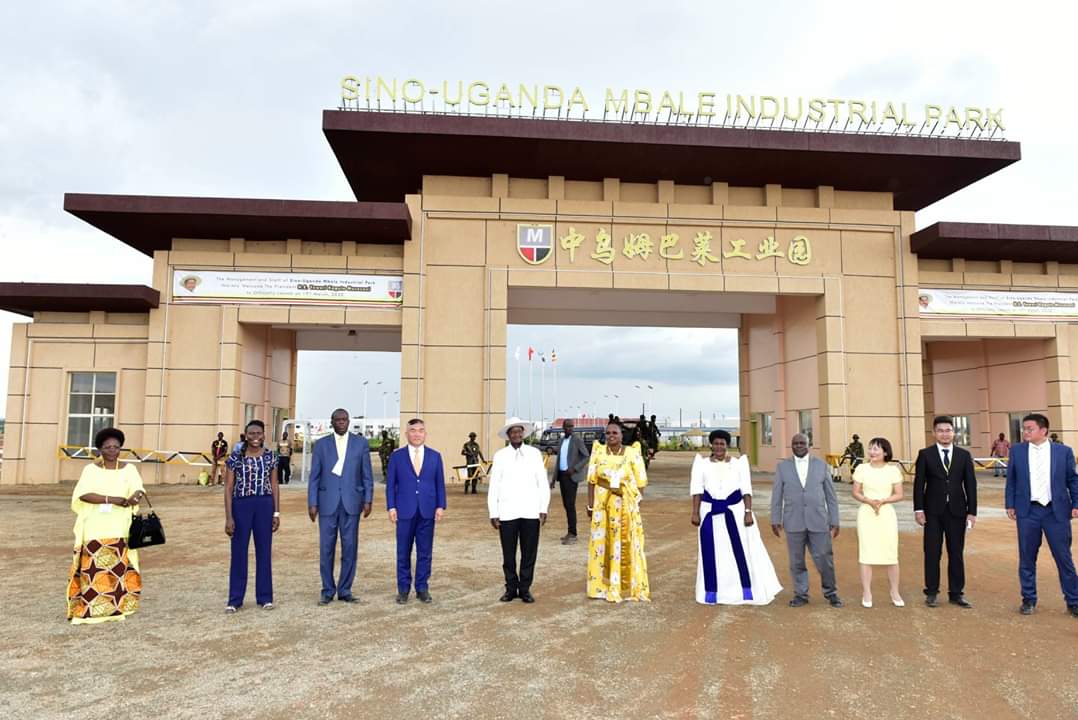Uganda has witnessed a major rise in remittances from its citizens living abroad, marking a 7.6 percent increase. In 2023, remittances stood at $1.2 billion, equivalent to approximately 4.4 trillion Ugandan shillings. By 2024, this figure had grown to $1.3 billion, or about 4.8 trillion Ugandan shillings. This increase has provided a substantial boost to the country’s economy.
In addition to the rise in remittances, Uganda’s coffee earnings have also seen a notable improvement. According to Ramathan Ggoobi, the Permanent Secretary of the Ministry of Finance, the country earned $1.143 million (around 4.2 trillion Ugandan shillings) from coffee exports, up from $845 million (approximately 3.1 trillion Ugandan shillings) in the previous year.
Foreign direct investment (FDI) in Uganda has also shown an upward trend, particularly in the oil and gas sector. Ggoobi highlighted that the recovery of the tourism sector has further contributed to the faster-than-expected rebound of the economy following the impact of the COVID-19 pandemic.
These revelations were made during the 8th High-Level Economic Forum held at the Serena Kampala Hotel on August 29, 2024. The event, presided over by Henry Musasizi, the State Minister of Finance in charge of General Duties, was attended by government officials, academics, development partners, and members of the public. The forum focused on the theme: “Seizing Opportunities for Structural Transformation to Increase Productivity and Resilience.”
During the forum, Ggoobi shared the Government’s ambitious plan to grow Uganda’s economy tenfold over the next 16 years, aiming to increase the country’s Gross Domestic Product (GDP) from the current $50 billion (about 185.7 trillion Ugandan shillings) to $500 billion (around 1.8 quadrillion Ugandan shillings) by 2040.
The Government’s strategy for achieving this growth will focus on four key areas: agro-industry, tourism, mineral development, and science, technology, and innovation. The plan aims to double the country’s GDP every two years and raise per capita GDP from $1,146 to $7,000.
Additionally, the Government plans to increase the national savings rate from 20 percent to 40 percent of GDP and expand the share of exports from 12 percent to 50 percent of GDP. This growth strategy will be a central component of the upcoming National Development Plan IV.
Breakdown of Remittance Growth
| Year | Amount in USD | Equivalent in UGX (Trillions) | % Growth |
|---|---|---|---|
| 2023 | $1.2 billion | 4.4 trillion | – |
| 2024 | $1.3 billion | 4.8 trillion | 7.6% |
Remittances have become an essential source of foreign exchange for Uganda, often surpassing traditional exports like coffee in terms of total value. The funds sent back home are typically used by families for essential needs such as education, healthcare, and housing, and they play a vital role in reducing poverty levels.
Ugandan expatriates in various countries contribute to these remittances, with significant amounts coming from the United States, the United Kingdom, Canada, and the Middle East. The continued growth of the Ugandan diaspora in these regions, along with improved financial transfer systems, has facilitated the steady increase in remittances.
These remittances are not just vital for household consumption; they also contribute to national savings and investments. As Uganda’s financial sector continues to grow, remittances are increasingly being channeled into more productive investments, such as small businesses, real estate, and education. This has a multiplier effect on the economy, stimulating growth in various sectors.
The Ugandan government recognizes the importance of remittances and has been working to create policies that encourage safe, affordable, and faster remittance flows. These include partnerships with financial institutions to lower transaction costs and initiatives to ensure that remittances contribute to long term economic growth.
The impact of diaspora remittances on Uganda’s economy and society is significant and multifaceted, affecting various aspects of economic development, poverty alleviation, and social welfare. Here’s a detailed analysis of the key impacts:
Diaspora remittances are a crucial source of foreign exchange for Uganda, helping to stabilize the national currency and reduce the current account deficit. By providing a steady inflow of foreign currency, remittances lessen the reliance on volatile export earnings and international aid. This contributes to macroeconomic stability, which is essential for sustained economic growth.
Remittances also play a direct role in improving the living standards of recipient families. These funds are often used to cover basic needs such as food, healthcare, and education. For many households, remittances represent a lifeline that lifts them out of poverty. Studies have shown that households receiving remittances tend to have better access to education and health services, which improves human capital development over time.
Beyond immediate consumption, remittances also contribute to local economic development through investments in small businesses, agriculture, and real estate. Many recipients use remittance money to start or expand businesses, which creates jobs and stimulates economic activity in local communities. This entrepreneurial use of remittances helps diversify income sources and promotes economic resilience at the grassroots level.
Remittances often lead to greater financial inclusion, as recipients frequently open bank accounts to receive funds. This increases their access to financial services such as savings accounts, credit, and insurance. The government’s efforts to lower transaction costs and encourage the formal transfer of remittances have further promoted the use of financial institutions, contributing to national savings and investment rates.
Remittances also have social and cultural implications. They often strengthen ties between the diaspora and their home country, fostering a sense of community and belonging. The regular flow of funds from abroad helps maintain familial connections and supports social cohesion, particularly in rural areas where economic opportunities may be limited.




















